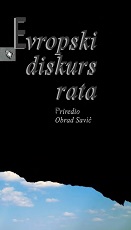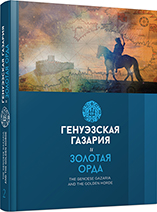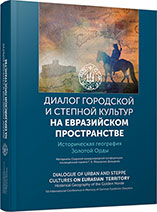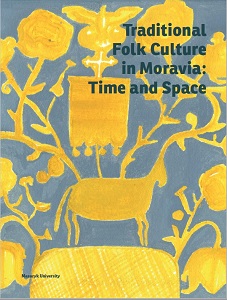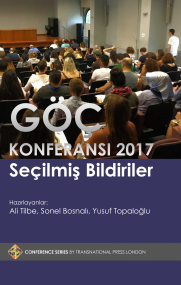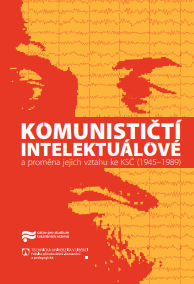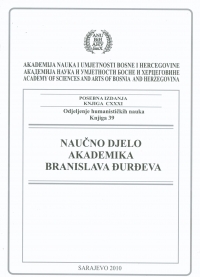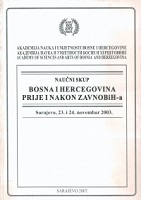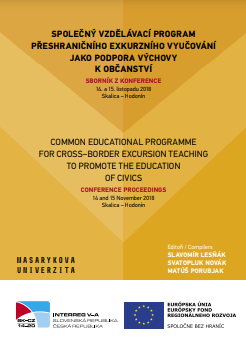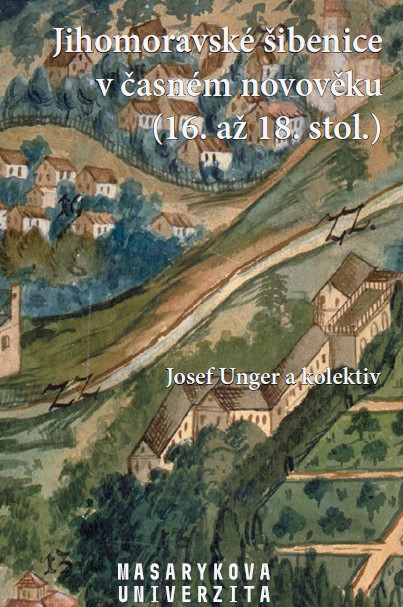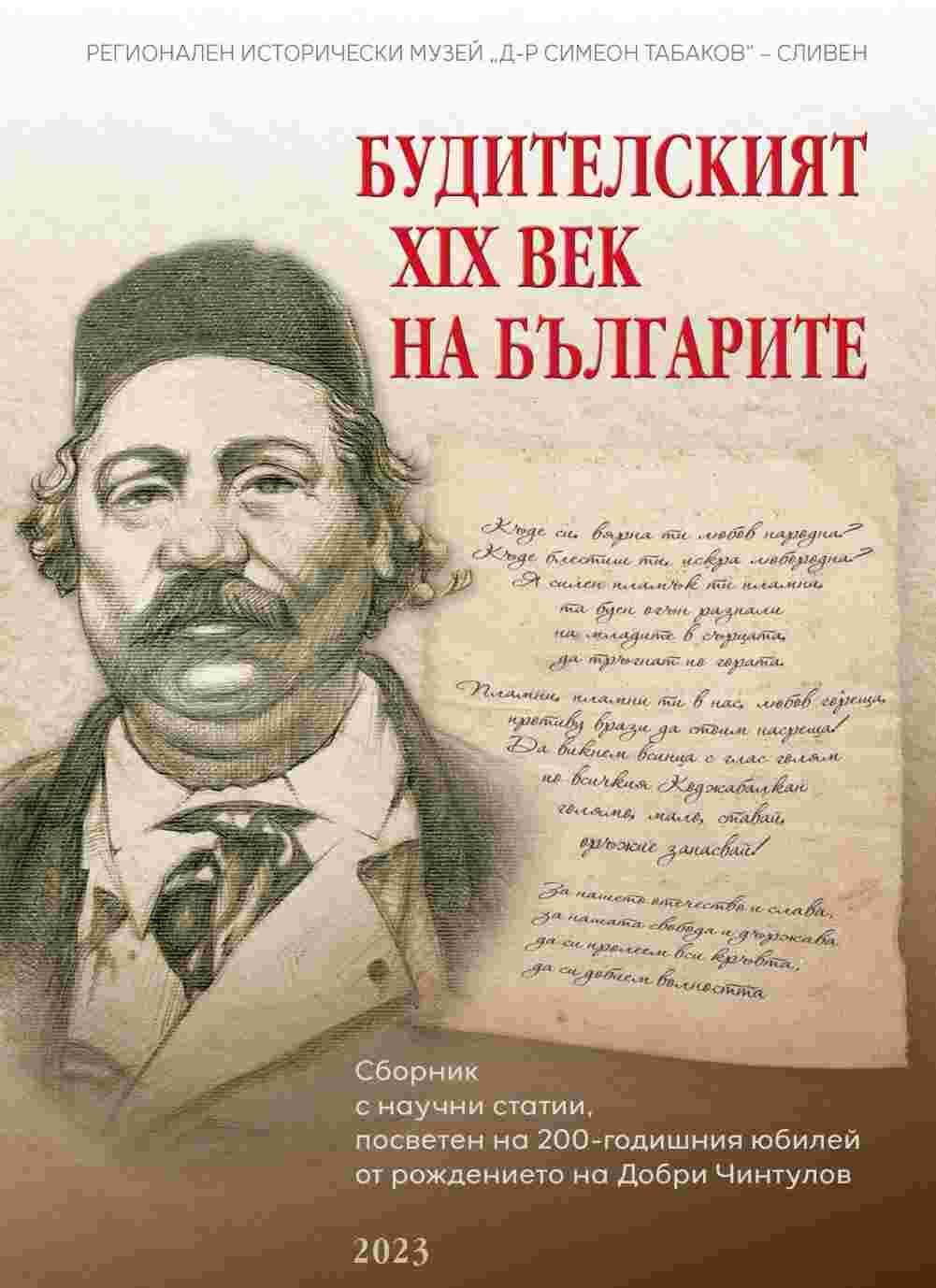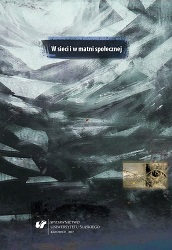
Labirynt – od starożytności do ponowoczesności. Figura uniwersalna
The article constitutes an attempt at analyzing the figure of the labyrinth, which has existed in the Western culture since antiquity until the present times. The author follows the conception of the labyrinth based upon the assumption that even in the oldest civilizations, the labyrinth was conceived of as more than just a structure. Entering a labyrinth involved an inherent change in the ontological situation of the external world, subjected to the complex process of crossing the threshold. This architectural curiosity has continued to intrigue scholars and artists across the ages, becoming at the same time a reflection of the dominant intellectual, cultural and social trends at the time. The labyrinth, then, emerges as a construct which describes the external world. According to that assumption, in the second part of the article, the concept of the labyrinth is used to describe the postmodern reality.
More...
